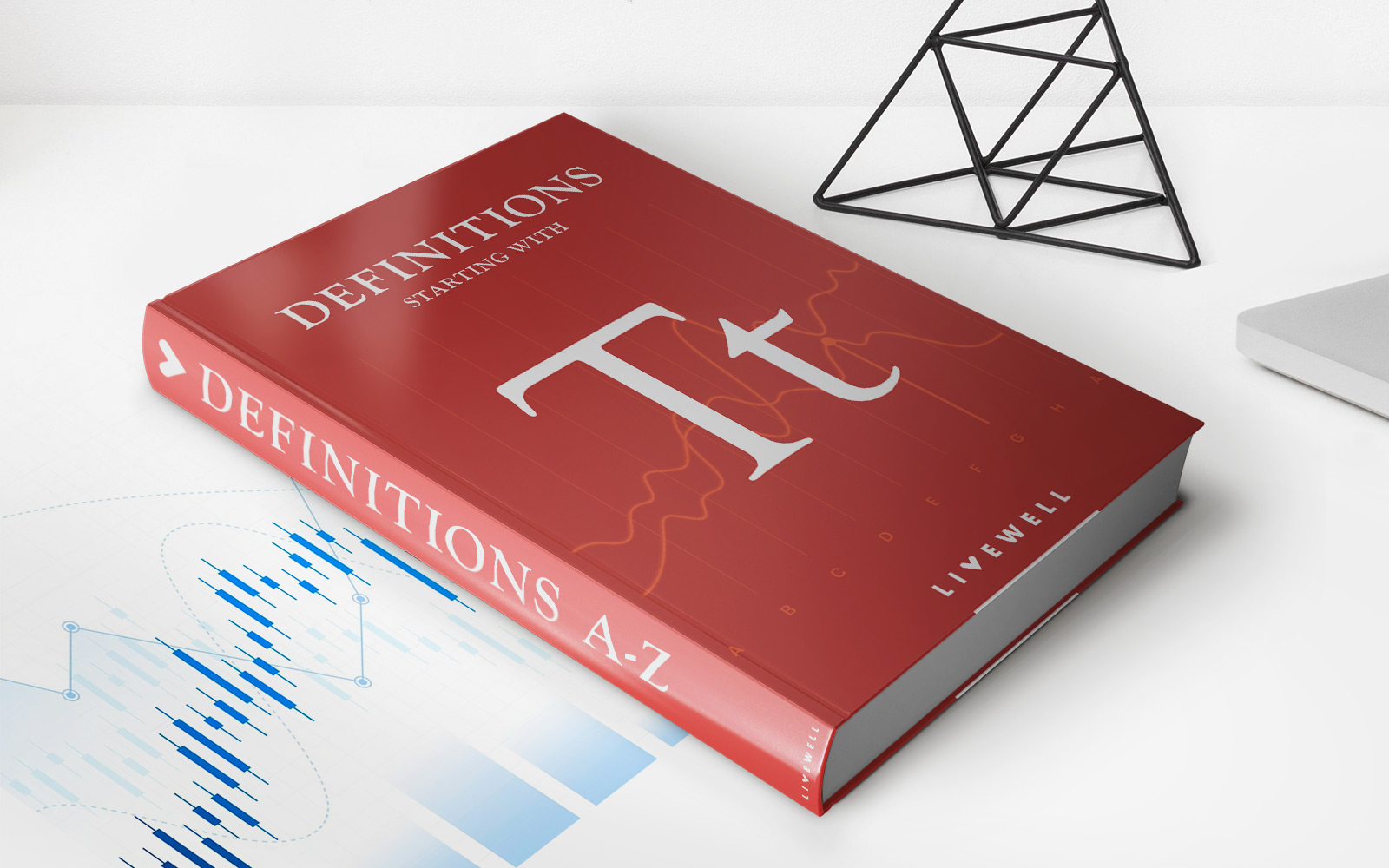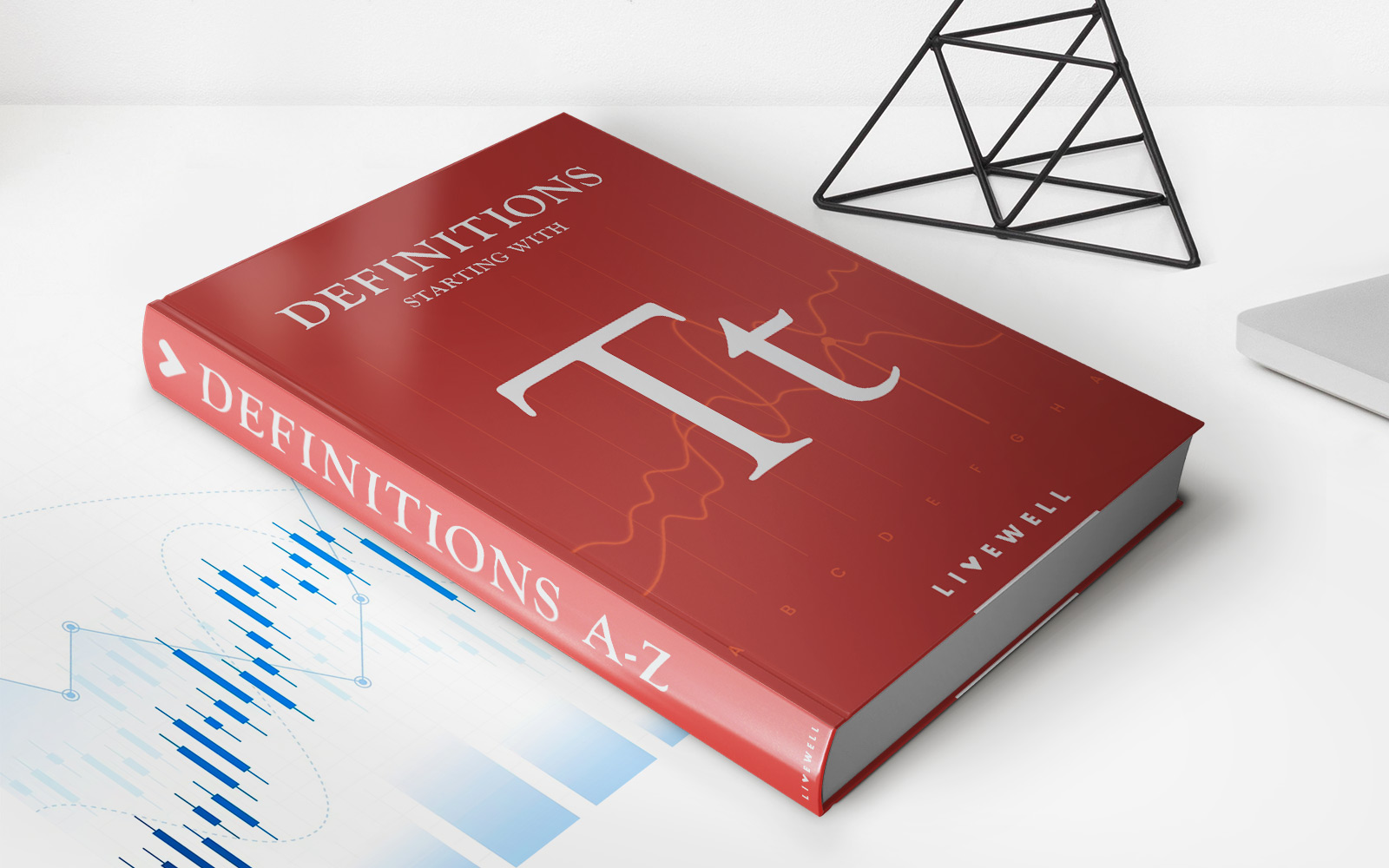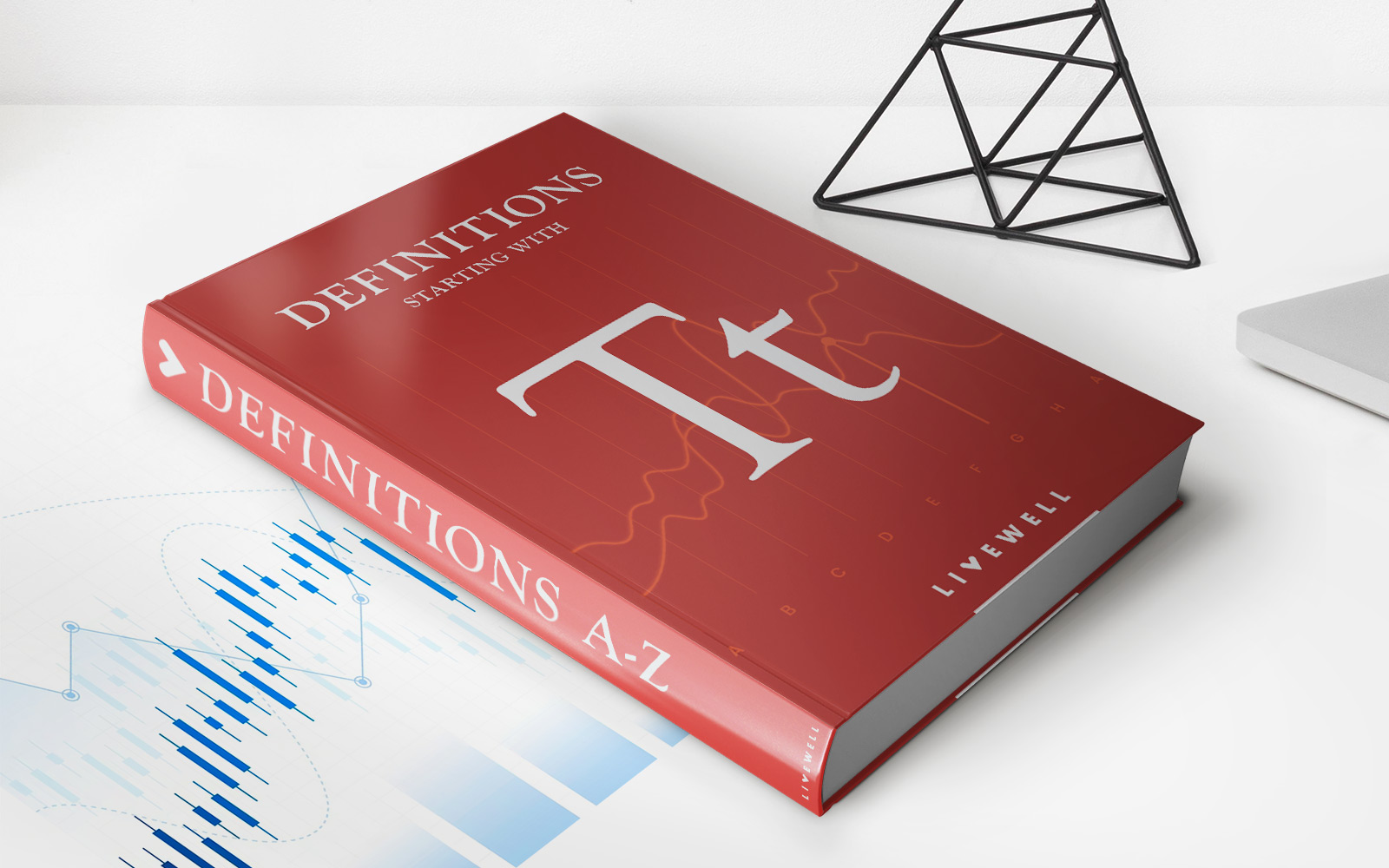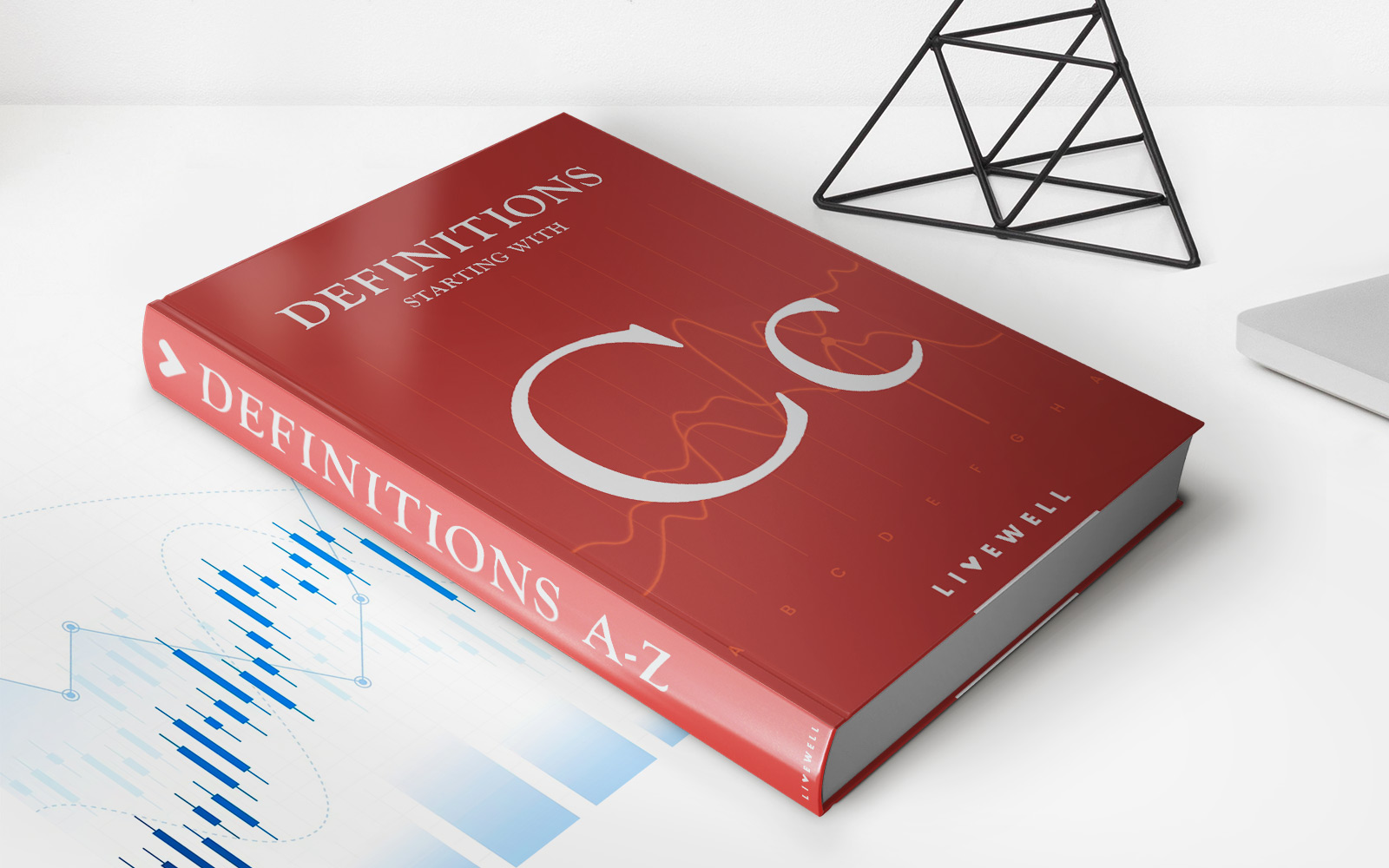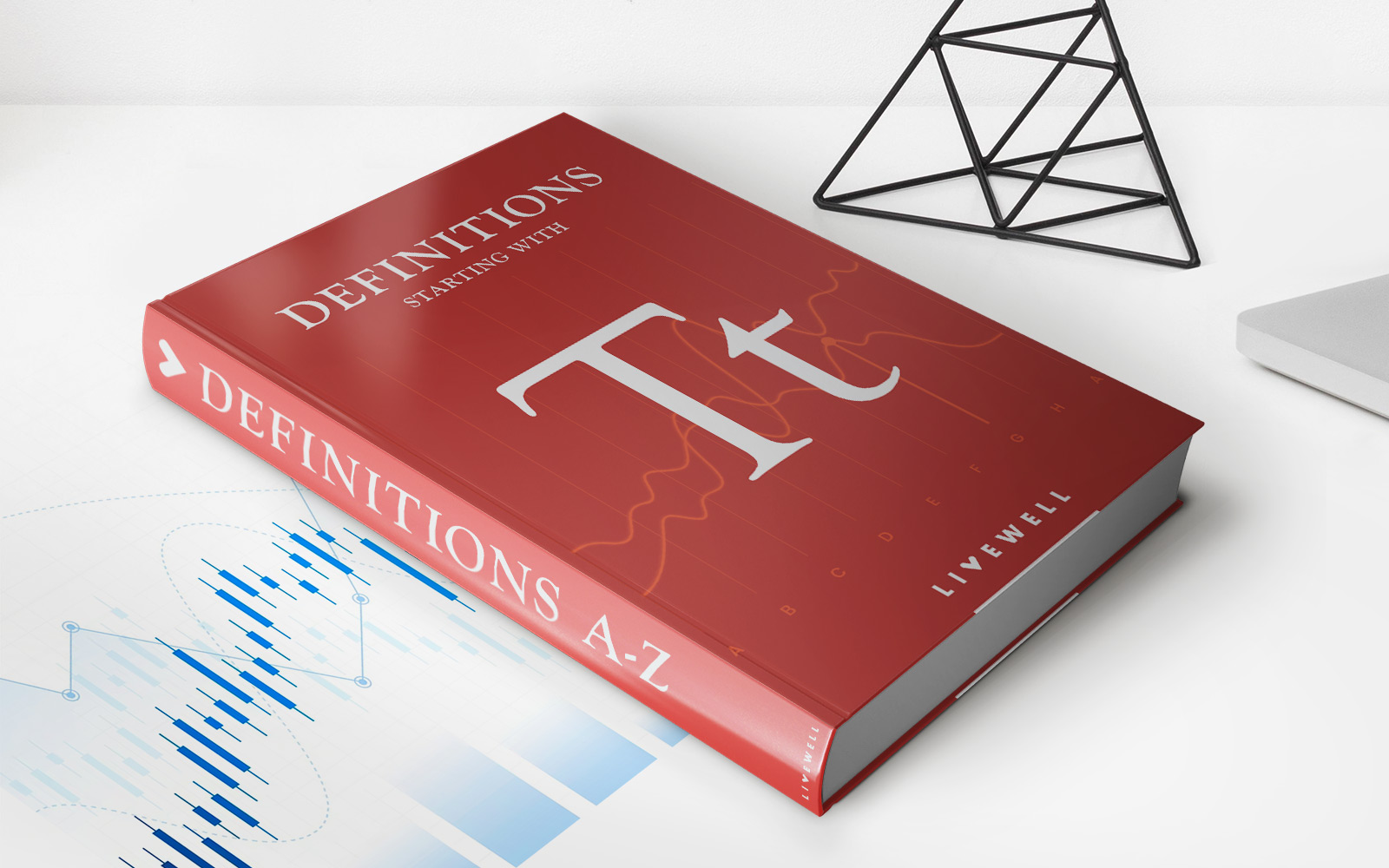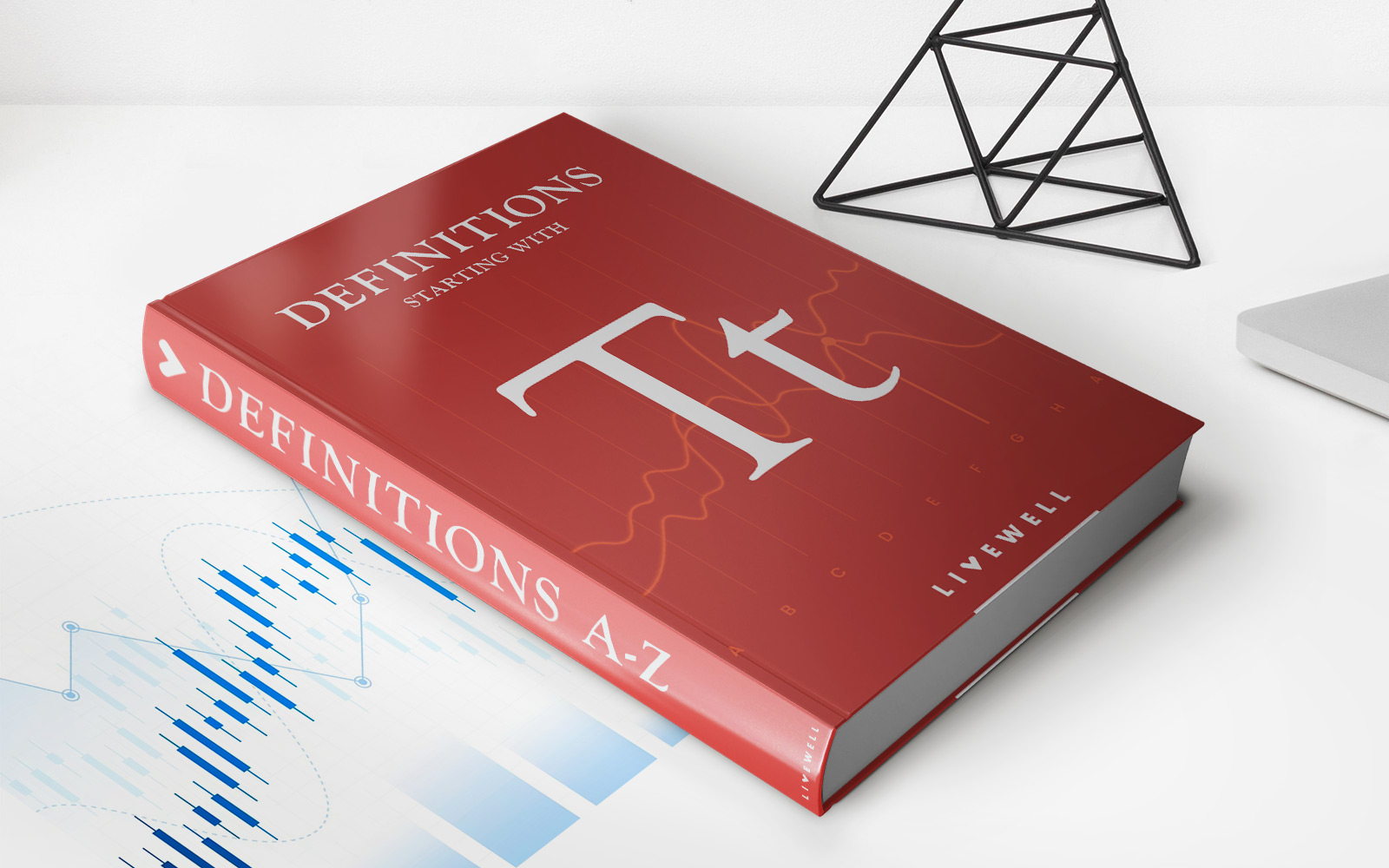Home>Finance>Total Liabilities: Definition, Types, And How To Calculate
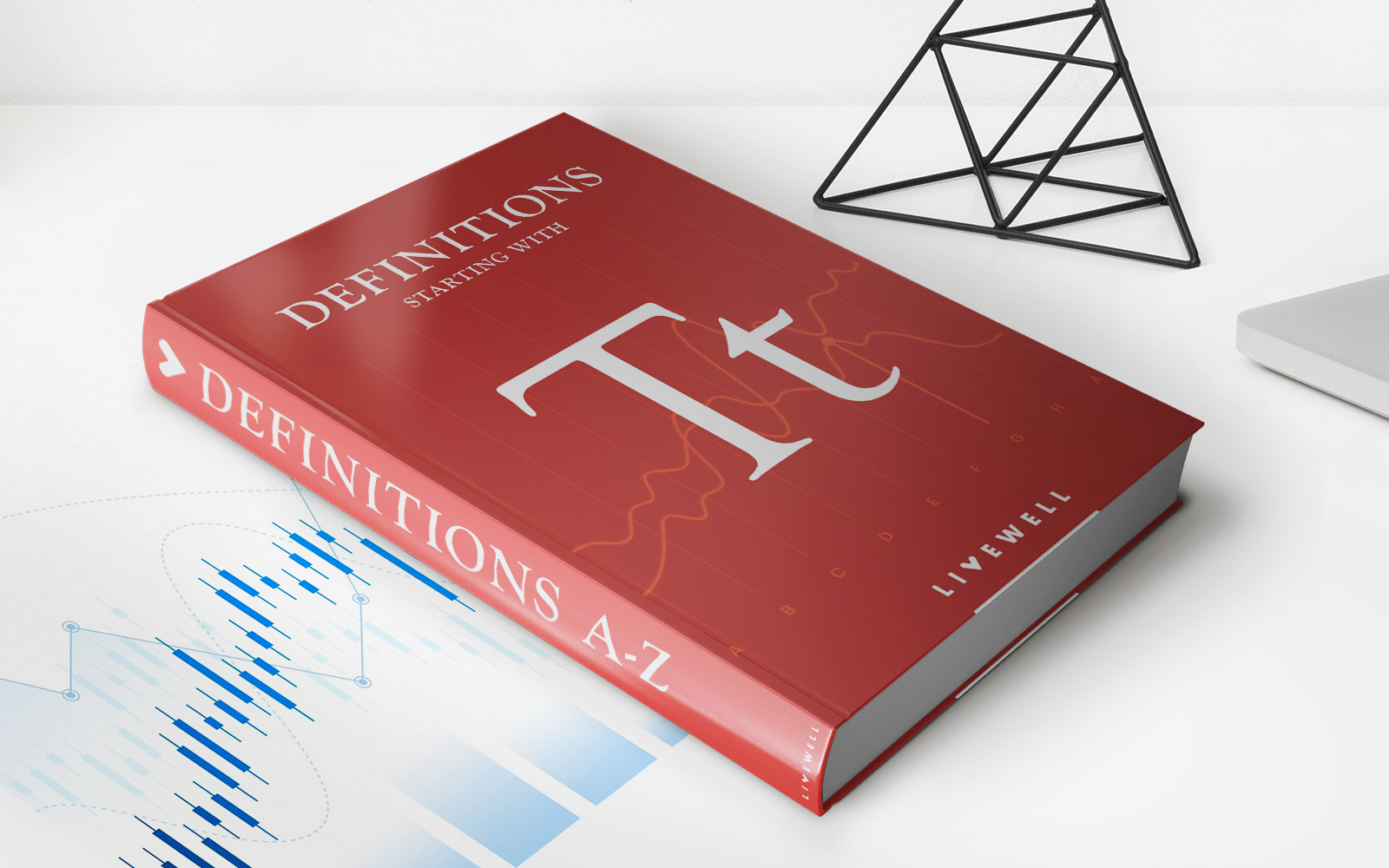

Finance
Total Liabilities: Definition, Types, And How To Calculate
Published: February 9, 2024
Learn about total liabilities in finance, including its definition, types, and how to calculate them. Enhance your financial knowledge with our comprehensive guide.
(Many of the links in this article redirect to a specific reviewed product. Your purchase of these products through affiliate links helps to generate commission for LiveWell, at no extra cost. Learn more)
Total Liabilities: Understanding the Financial Picture
When it comes to managing our finances, understanding the different aspects of our financial picture is crucial. One such aspect is total liabilities. In this blog post, we will delve into the definition, types, and how to calculate total liabilities. By the end of this article, you’ll have a deep understanding of how liabilities impact your financial well-being.
Key Takeaways:
- Total liabilities represent the debts and obligations a company or individual owes to external parties.
- Understanding and monitoring total liabilities is essential for making informed financial decisions.
Before we delve further into total liabilities, let’s define what it means. Simply put, total liabilities refer to the total debt and obligations owed by an individual or company to external parties. It represents the money one owes, including loans, mortgages, credit card debt, and any other outstanding liabilities. Having a clear understanding of your total liabilities is crucial, as it helps paint a complete financial picture and enables you to make informed decisions regarding your finances.
Types of Liabilities:
Liabilities can be classified into two main types: current liabilities and long-term liabilities.
1. Current Liabilities:
Current liabilities are debts and obligations that are expected to be settled within a short period, usually within one year. Examples of current liabilities include:
- Credit card debt
- Short-term loans
- Accounts payable
- Accrued expenses
2. Long-Term Liabilities:
Long-term liabilities, on the other hand, are debts and obligations that are expected to be settled over an extended period, typically beyond one year. Some examples of long-term liabilities include:
- Mortgages
- Car loans
- Student loans
- Bonds payable
Calculating Total Liabilities:
Calculating total liabilities involves adding up all the current and long-term liabilities. The formula for calculating total liabilities is:
Total Liabilities = Current Liabilities + Long-Term Liabilities
By calculating your total liabilities, you can gain a comprehensive understanding of your financial obligations and make informed decisions regarding your finances.
Conclusion:
Understanding and managing total liabilities is a fundamental aspect of personal and financial well-being. By being aware of your total liabilities, you can assess your financial health, make informed decisions, and take the necessary steps to improve your financial situation. Remember, knowledge is power, and having a clear understanding of your total liabilities will give you the confidence to navigate your financial journey successfully. So calculate your total liabilities today and take charge of your financial future!

